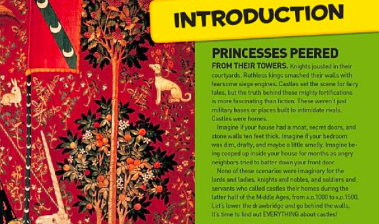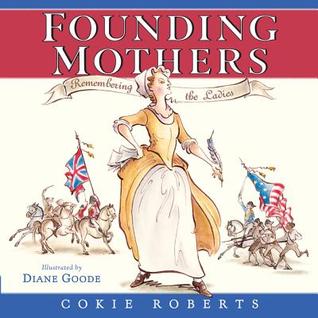We are finishing up a unit of study on nonfiction writing. In the midst of our study, it became clear that my students needed help learning to write well-crafted introductions. As 3rd graders, they don't yet have much experience with this so many of their drafts began with sentences such as "I am going to tell you about..." So I started to share some great nonfiction leads and we studied those. But it wasn't until I discovered the introductions in the National Geographic Kids Everything books that things started to fall into place.
I have purchased several National Geographic Kids Everything (National Geographic Kids Everything Rocks and Minerals: Dazzling gems of photos and info that will rock your world )
books this year. They are really well done and all focus on topics kids love. The text is challenging but accessible and they immediately draw kids in. So, as I was looking for good leads to share with kids, I pulled on from the shelf to see what type of intros they had as I hadn't paid much attention before. Well, I was thrilled with what I read. The lead in every single one of these books is incredible!
)
books this year. They are really well done and all focus on topics kids love. The text is challenging but accessible and they immediately draw kids in. So, as I was looking for good leads to share with kids, I pulled on from the shelf to see what type of intros they had as I hadn't paid much attention before. Well, I was thrilled with what I read. The lead in every single one of these books is incredible!
For example, here is the lead to the book about Rocks and Minerals. Take a minute to read it.
A pretty solid introduction into the topic. Clear and well crafted. And then it ends with a little humor. As we read on, we realized that each and every introduction does a little content-specific wordplay in the introduction as a way to transition into the story.
Over 2 days, we studied 6 introductions from this series and kids played with all they were learning. These were the perfect pieces to study and they helped kids really understand that a lead was not necessarily a first sentence, that it needed to be organized and set up the piece, and that it could use humor to do so.
I have to say, I didn't really expect to use this series as mentors for writing but these intros are amazing. haven't discovered many other introductions for my 3rd graders to study, that are as strong as these.
















